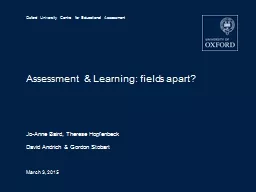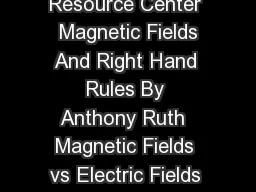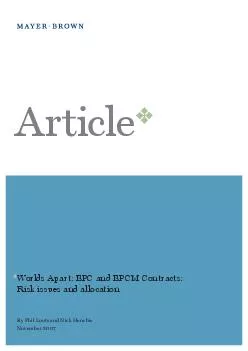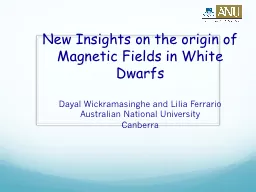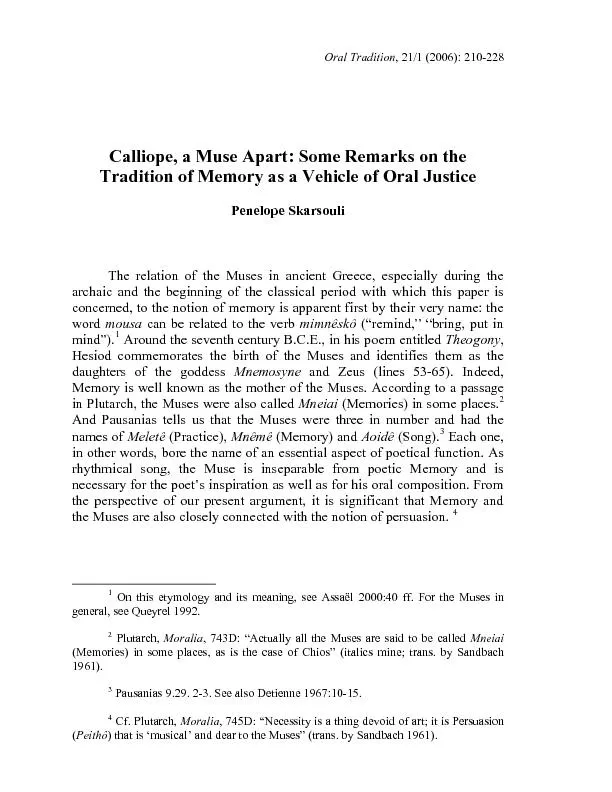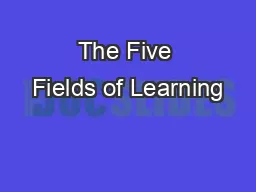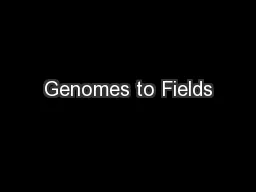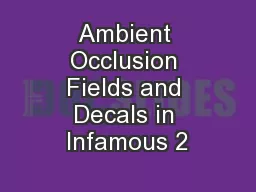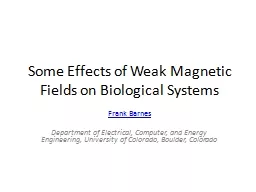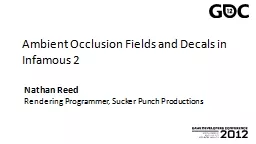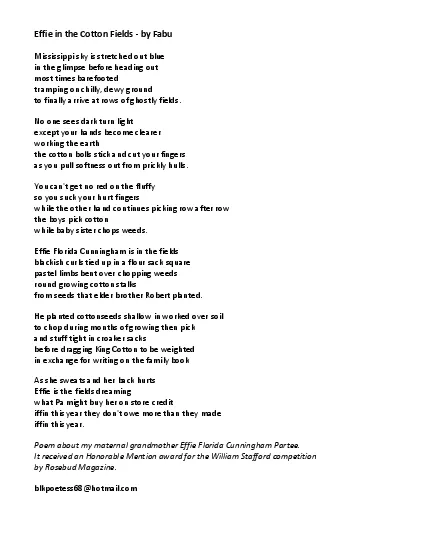PPT-March 3, 2015 Assessment & Learning: fields apart?
Author : sportyinds | Published Date : 2020-08-28
JoAnne Baird Therese Hopfenbeck David Andrich amp Gordon Stobart Knowledge Economy economic importance The Audit Society important societal control function
Presentation Embed Code
Download Presentation
Download Presentation The PPT/PDF document "March 3, 2015 Assessment & Learnin..." is the property of its rightful owner. Permission is granted to download and print the materials on this website for personal, non-commercial use only, and to display it on your personal computer provided you do not modify the materials and that you retain all copyright notices contained in the materials. By downloading content from our website, you accept the terms of this agreement.
March 3, 2015 Assessment & Learning: fields apart?: Transcript
Download Rules Of Document
"March 3, 2015 Assessment & Learning: fields apart?"The content belongs to its owner. You may download and print it for personal use, without modification, and keep all copyright notices. By downloading, you agree to these terms.
Related Documents

